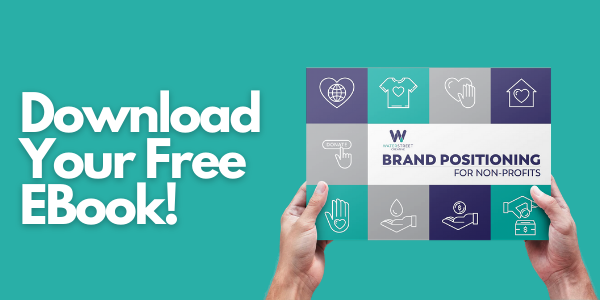With all of the hype around social media, it may be surprising to learn just how effective email newsletters can be for your association, if done right. In 2017, 269 billion emails were sent by 3.7 billion email users. Both numbers are expected to grow into the 2020s, despite new communication options entering the market such as Google Hangouts, Facebook Messenger and Slack, among others.
Unlike the many algorithm-based social media platforms, email allows you to know with near certainty that your message is at least being delivered to your members. But with overcrowded inboxes (remember that 269 billion number?), simply delivering isn’t enough. The average email open rate for a non-profit organization is currently about 35%. To get to and above that industry standard, there are some best practices you will need to follow.
Know when to send you emails
Before we get into, how craft an email, let’s talk about when to send one. Timing is everything with email. Sending an email at the wrong time is the difference between getting your message across and ending up in the trash. According to data compiled from multiple reports, the best day to send an email is Tuesday, followed by Thursday and Wednesday. Thinking about it logically, this makes sense. On Monday people are catching up on their must read emails from their boss, colleagues, customers and clients. On Friday, people’s minds are already in the weekend. The middle of the week is when people are most likely to open your email.
You should also keep in mind what time of day to send. According to the same compilation of data, the best times to send are 10 a.m., when people are in the office but maybe not fully in the swing of their day; 8 p.m., around the time when many people check email before bed and 2 p.m., for many of the same reasons as sending at 10 a.m.
Write a fun, snappy subject line
Now that you’re sending your emails at the right time, the next hurdle to getting people opening your emails is a good subject line. Hubspot’s seven fundamentals of subject lines are:
- Urgency
- Curiosity
- Offers
- Personalization
- Relevance and Timeliness
- Name Recognition
- Cool Stories
These principles draw upon basic ideas of all marketing. When coupled with the type of short, snappy copy that works well on social media platforms like Twitter, your members will not be able to help but open your emails. Bonus tip: According to some studies, using emojis in an email subject line has increased open rates by as much as 56%. Give it a try!
Do more with less
I promise this is the last time I will reference the fact that 269 billion emails were sent last year, but I do think it is incredibly important. People are inundated with emails these days. Your members are likely more than happy to hear from you, but they have a lot of other things going on. This is why it is important to keep things simple. “Concise copy is key,” writes Hubspot blogger Ginny Mineo. “You don’t actually want to have your subscribers hang out and read your email all day. You want to send them elsewhere (your website or blog, for instance) to actually consume the whole piece of content.”
Get in the habit of giving your members the highlights of what you’ve been up to in the last week, then making it easy for them to get to the details on your website, will make for much happier members. Also, by adding links to your newsletters you will be able to accurately track click through rates and see exactly where your members are going. This allows you to give your stakeholders more of what they actually care about. Talk about a win-win.
Keep it educational
There are times when you’ll need to use email to make a sales pitch, but most of the time your members will want to see what your organization is up to and learn news about your industry more generally. A 2016 post by content marketing firm Vyper discusses the 90/10, which states that email newsletters should be 90% content and 10% promotional. Using this as a general guideline will help you stay on track with keeping your members engaged, and ensure they will never press the dreaded unsubscribe button.
Does all of this sound too daunting to take on yourself? We can help with that. Set up a meeting or phone call with someone on our accounts team to find out how we can help you achieve your email marketing goals.







